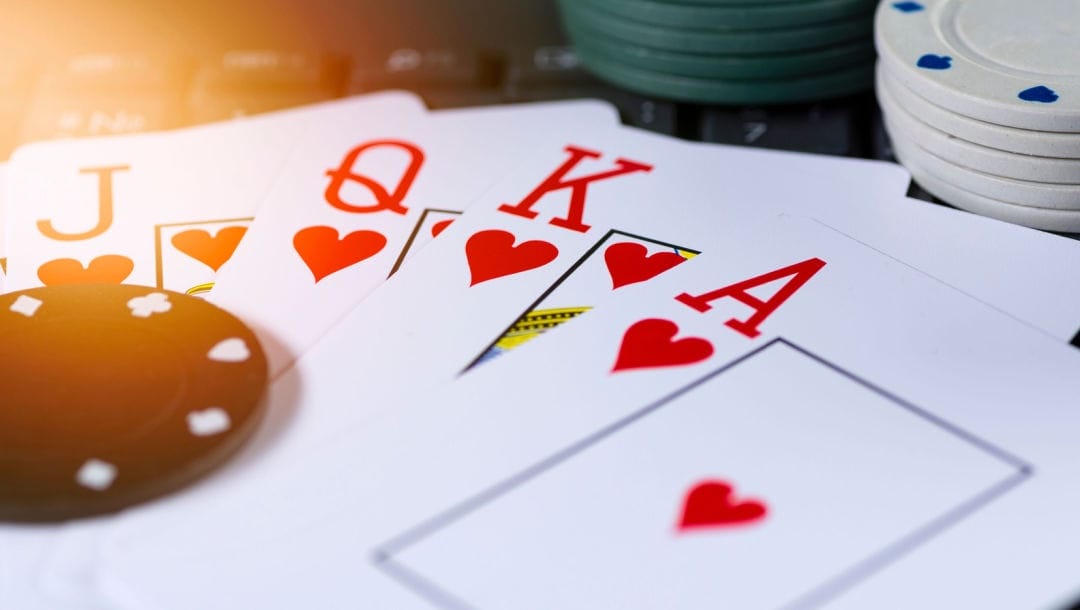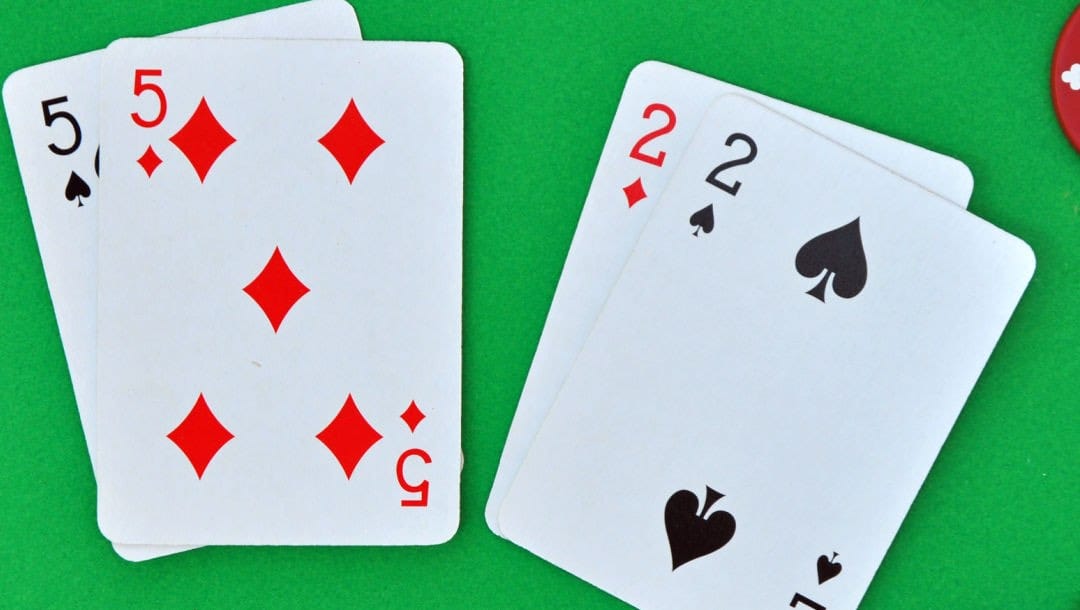An effectively utilized poker theorem can transform your game and make you a more efficient player — unpack at the pros and cons of several poker theorems.
What Are Some of the Most Popular Poker Theorems?

From attack to defense, poker theorems provide guidance on how to deal with specific game scenarios. Derived from poker theory, they provide a framework for avoiding costly mistakes, exploiting opponents’ moves, and more. The rise of poker online has witnessed a wave of debutants taking to the digital felt — from the comfort of their device — causing experienced players to approach the game differently with the helping hand of poker game theory.
One cannot overstate the importance of a well-thought-out poker strategy. If utilized effectively, a theorem can be crucial to your winning poker strategy, transforming your game and making you a far more efficient player. It’s one thing to know how to bet when holding strong cards; it’s quite another to know when to fold when in the same situation. Dive into the world of poker theorems and understand their pros and cons.
Poker Theorems
It’s important to remember that some theories are very useful and will stand the test of time, while others lose their relevance. The way poker was played 20 years ago is far different from how it is played today, and professional players have shifted from focusing on specific hands to hand ranges.
For beginners, poker theorems are a great addition to their repertoire of skills and enable them to improve their weaknesses. If you look hard enough, there is material available for any poker scenario. For example, if you tend to chase players off the table when holding a good hand, there is a poker theorem to showcase how you can maximize these moments. Below is a list of the most common poker theorems.
The Fundamental Theorem of Poker
The world of poker is constantly changing, but one consistent (even in modern poker theory,) is that sticking to the fundamentals is the cornerstone of any successful poker game. Devised by the venerable David Slansky, the Fundamental Theorem of Poker isn’t just another poker theory — it’s the key that unlocks the door to understanding poker’s core principles.
At its core, the Fundamental Theorem of Poker is all about good bluffing and making the right decisions amid uncertainty and volatility. Basically, the theorem asserts that every time you deviate from your most optimal strategy, you’re unintentionally giving your opponents an advantage.
On the other hand, when you stick to your best strategy, pretending like you know exactly what your opponents have, you put yourself in a stronger position. It’s like a mind game — a bit like chess — where every move counts. And because poker is a game where one person’s gain is another’s loss, if your opponents act as if they could read your mind or see your hand, they may lose their chips.
The Yeti Theorem
One of the oldest theorems to date, the Yeti theorem in poker, suggests that a player will almost always be bluffing if there is a three-bet on a dry flop (preferably paired.) In essence, when the flop cannot provide opponents with a possible straight or flush, you re-raise them, and they raise you back; there’s a very good chance that they’re bluffing.
Unfortunately, with players becoming more aggressive, this theorem has lost relevance. This is because players now tend to play three-bets on dry flops with strong hands more frequently. However, it’s worth noting that it still works — albeit less regularly — and there is still something to learn from this theory about dealing with three-bets.
An example of a Yeti theorem is if the flop was a 7 of diamonds, 4 of clubs, and 4 of hearts — notice how each card belongs to a different suit. From here, you check-raise, to which your opponent responds with a re-raise. According to this poker theory, if they held a 7, their hand would not be strong enough to re-raise, and if they held a four, they would more than likely call the re-raise.
The Clarkmeister Theorem
Simple to learn and highly effective, the Clarkmeister theorem is a theory of poker that dictates that if you’re going toe-to-toe with an individual opponent and the river produces the fourth card of the same suit when you’re first to bet, you must make a bet.
Still relevant today, it provides a great moment to bluff in the game while causing players who aren’t holding a flush or even a weak flush to fold. However, a drawback is that an opponent may have a strong flush and call you — so be sure to make mental notes on body language and their playing personalities throughout the game.
The Aejones Theorem

One of the more eccentric theorems that is not commonly used, the Aejones theorem, focuses on the fact that no one ever has anything. Moreover, it states that opponents do not always hold the strong hand you perceive them to have, which means that playing aggressively is an excellent way to make them fold.
It’s worth noting that you should not take this theorem literally. Instead, it’s there to broaden your decision-making and help you understand that players are constantly bluffing. So why not take a chance from time to time? That said, don’t use this theorem too often.
The Baluga Theorem
Very relevant in today’s game, the Baluga theorem in poker focuses on avoiding costly mistakes. For example, if you’re facing off against an opponent to which they have raised you on the turn, you should reconsider the strength of your hand. You can do this by identifying other possible hands available from the cards shown or what hands may present themselves if certain cards appear.
Knowing to fold when holding a medium-to-strong hand could avoid a nasty loss. So, understanding the other (hand ranking) possibilities and keeping the Beluga theorem in mind is a great way to become a far more efficient and tactical player. However, a downside of this is that — as the Aejones theorem suggests — the players betting may not have strong cards, so the flip side is that you could lose out on a big pot.
Zeebo’s Theorem
This specific and highly relevant theory states that no player should fold a full house, regardless of the bet size and its strength. Zeebo’s theorem in poker often works because a full house is one of the highest hand rankings available, and they do not come around that often. The scarcity of the hand should prompt players never to fold. However, be sure to look out for other hands available and whether your full house can be beaten.
To get the most out of your round and maximize the pot when holding a full house, don’t try and bluff anyone you believe also has a full house. Instead, let them do the betting to ensure you fly under the radar.
Test Your skills at BetMGM
With online poker tournaments happening 24/7 at any buy-in amount, BetMGM has a reputation as one of the best online poker sites. Register today and explore BetMGM’s huge range of live dealer casino games, online slots, and much more.


